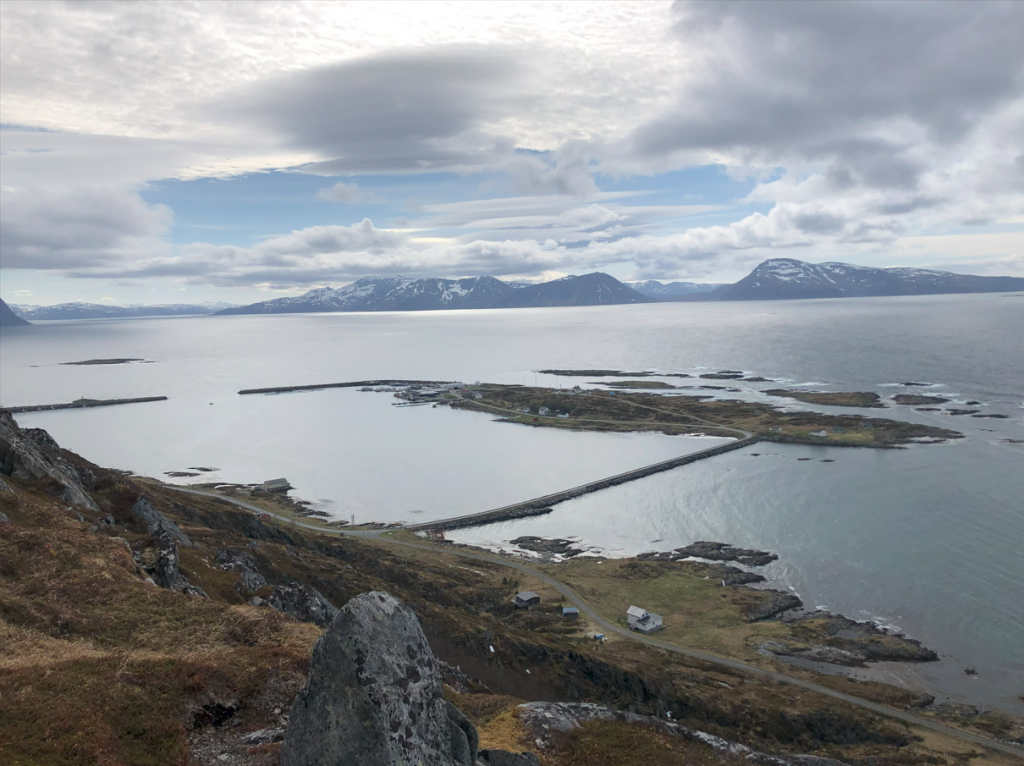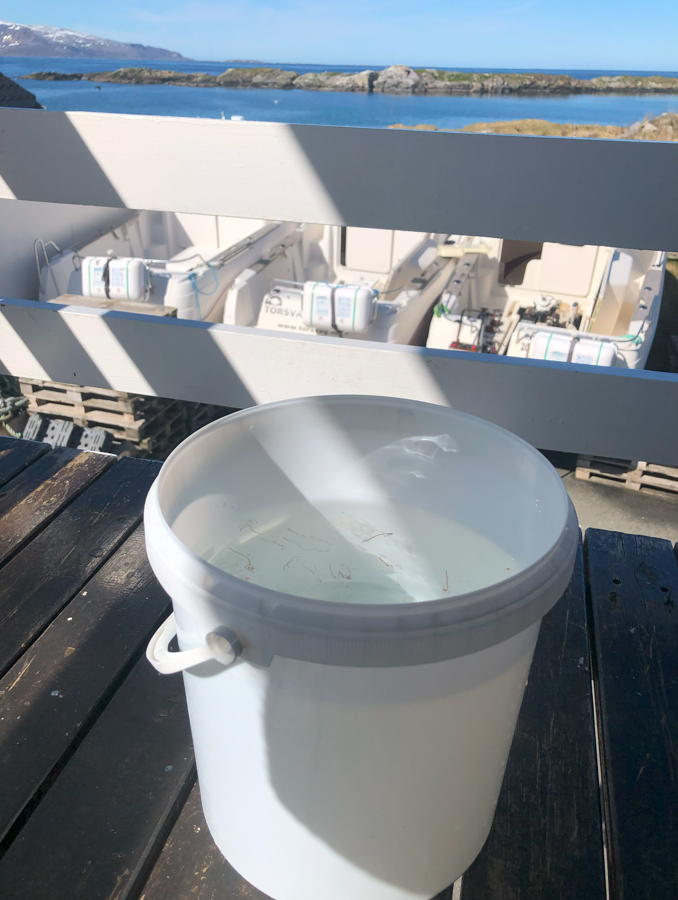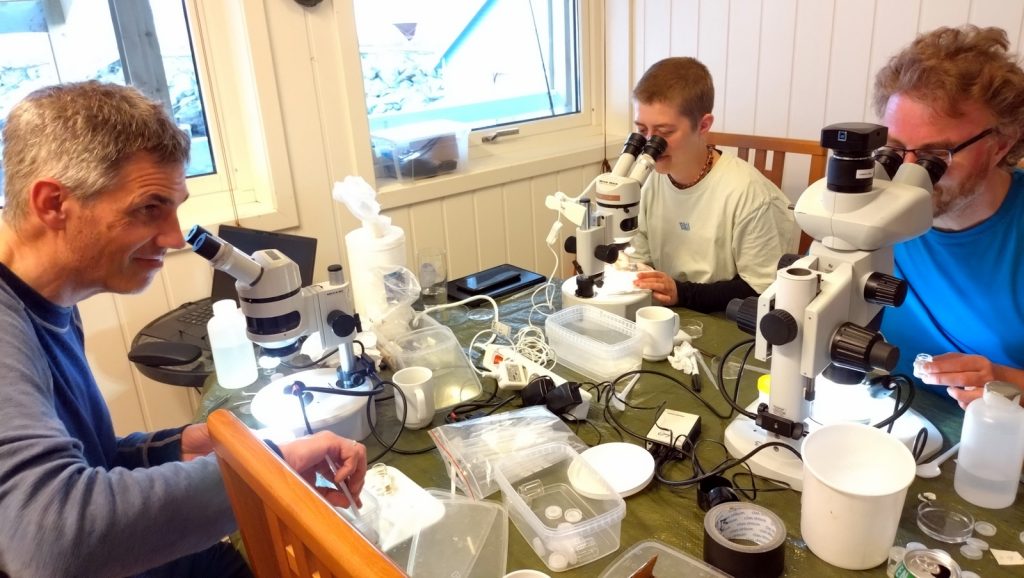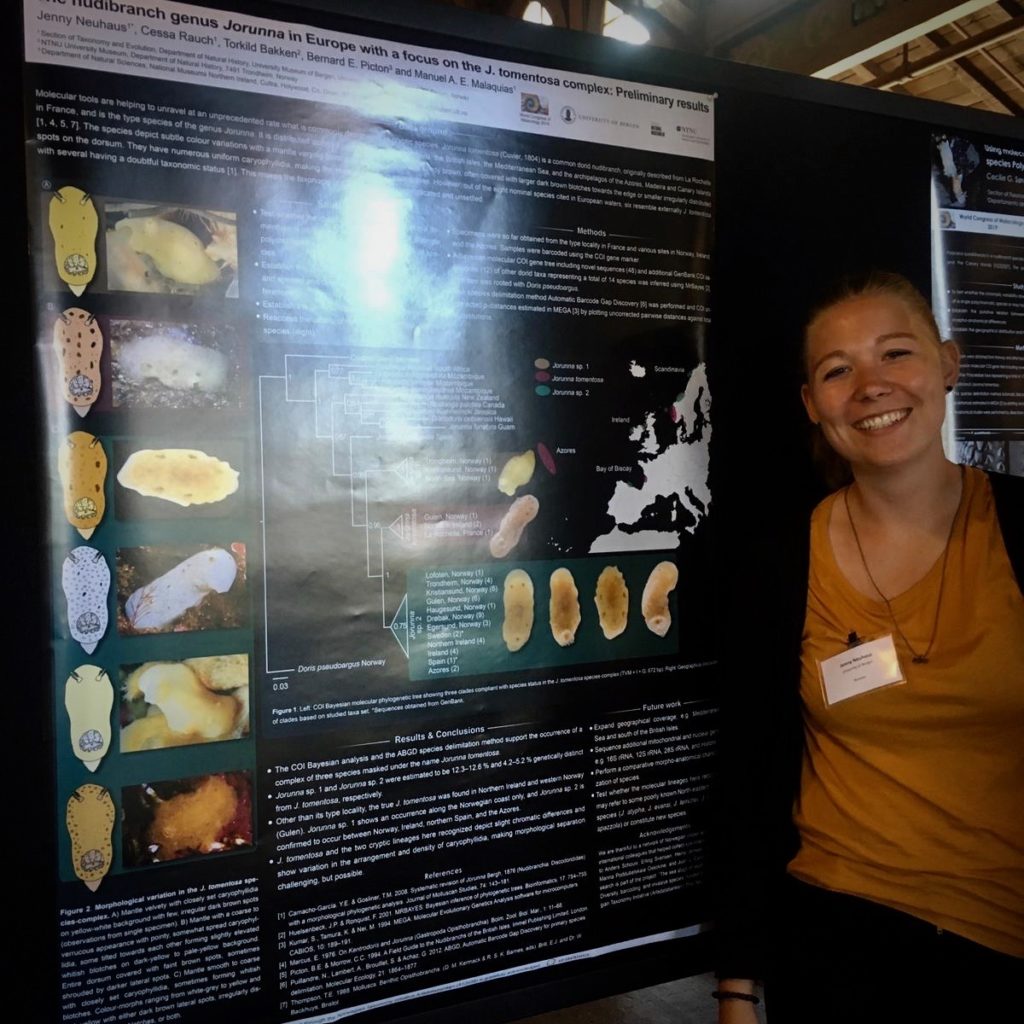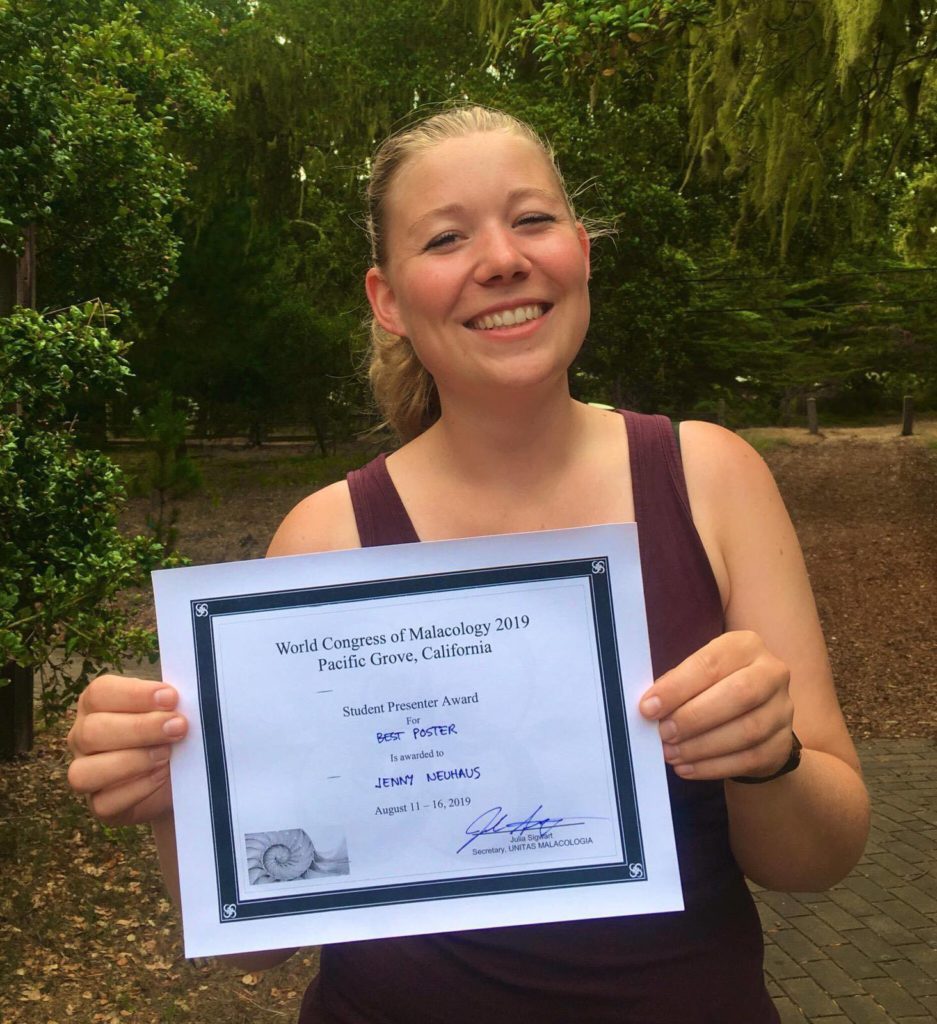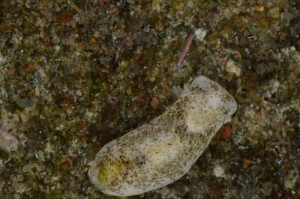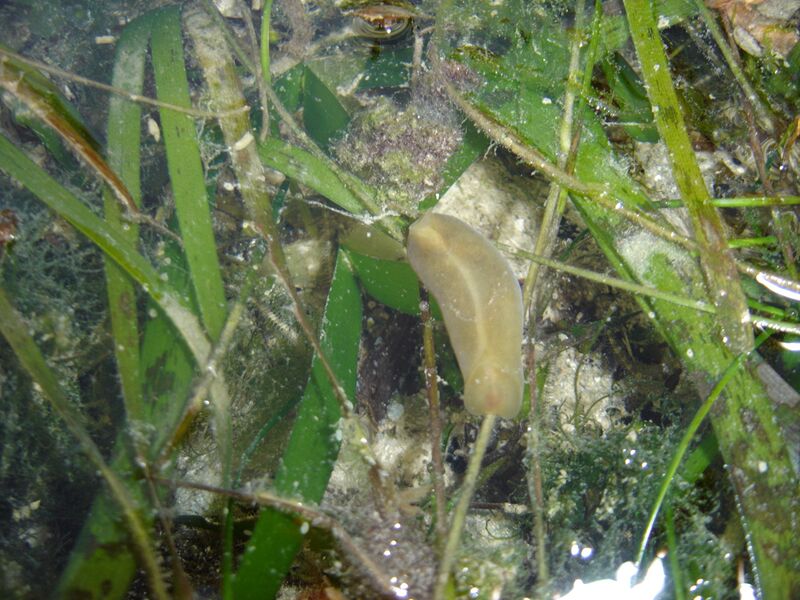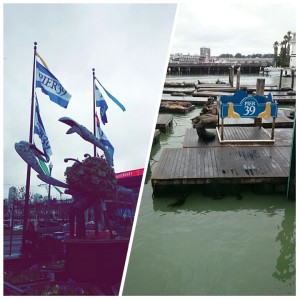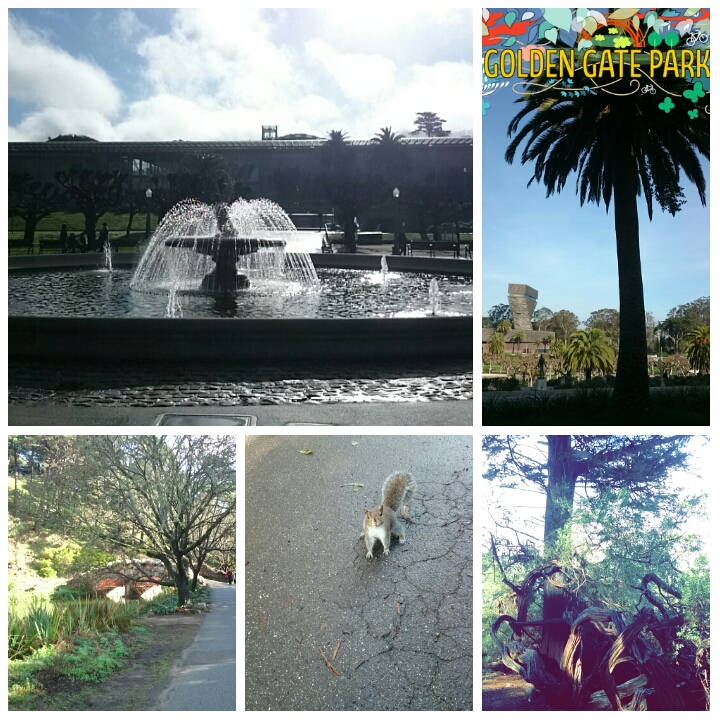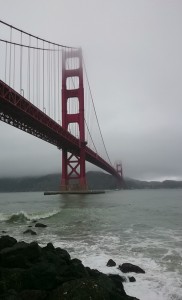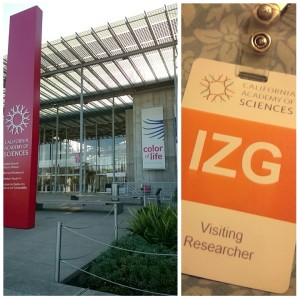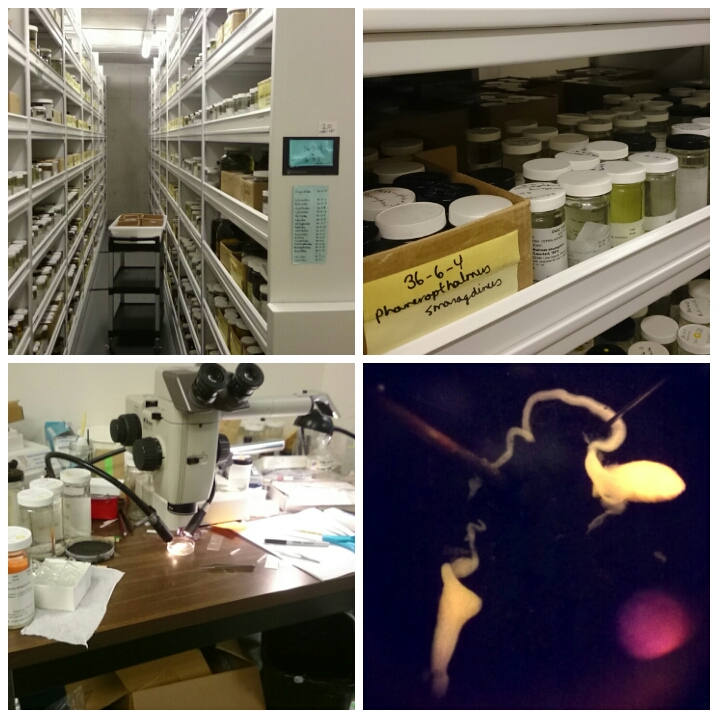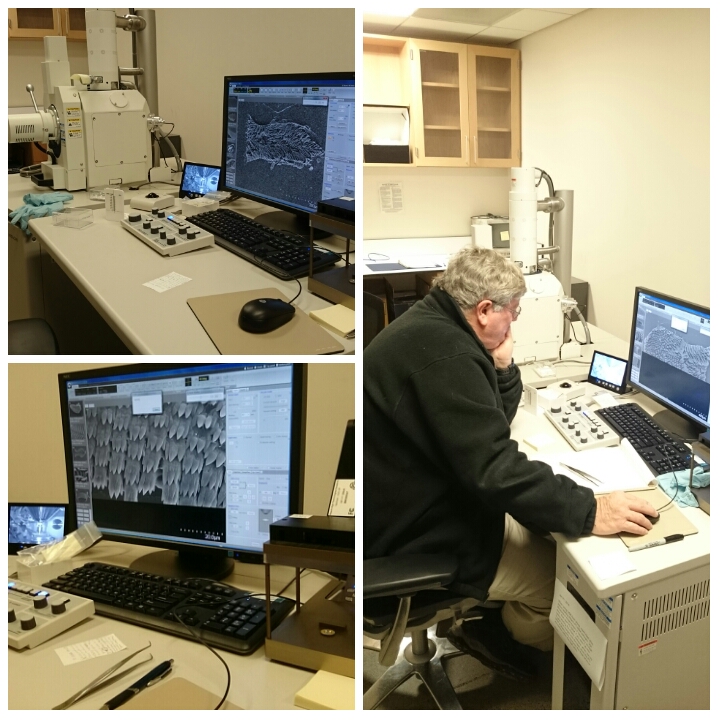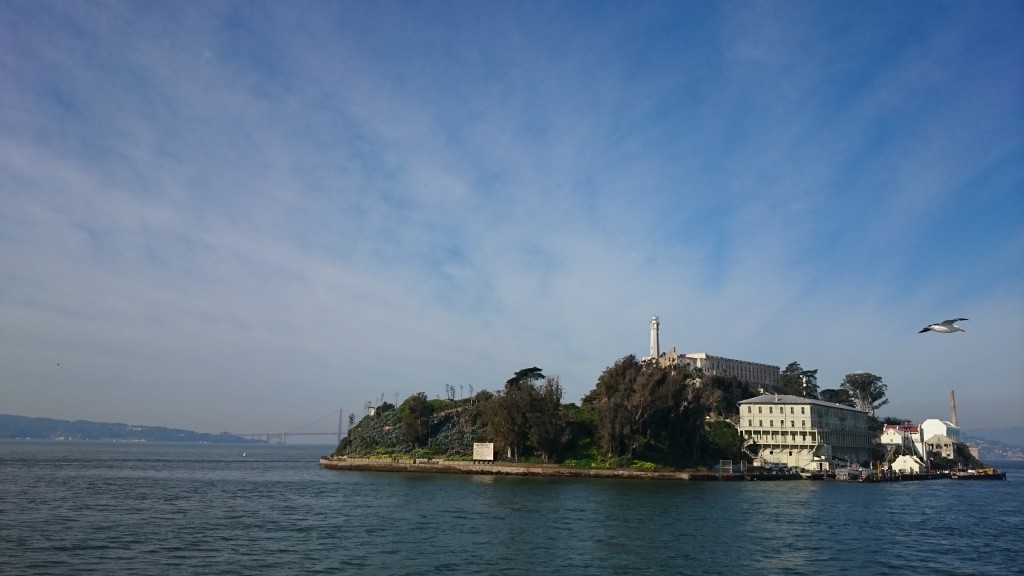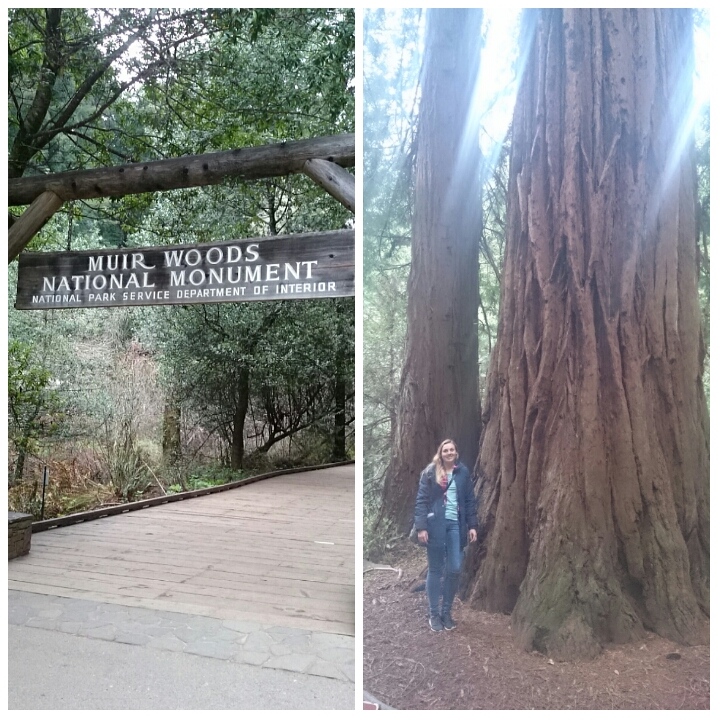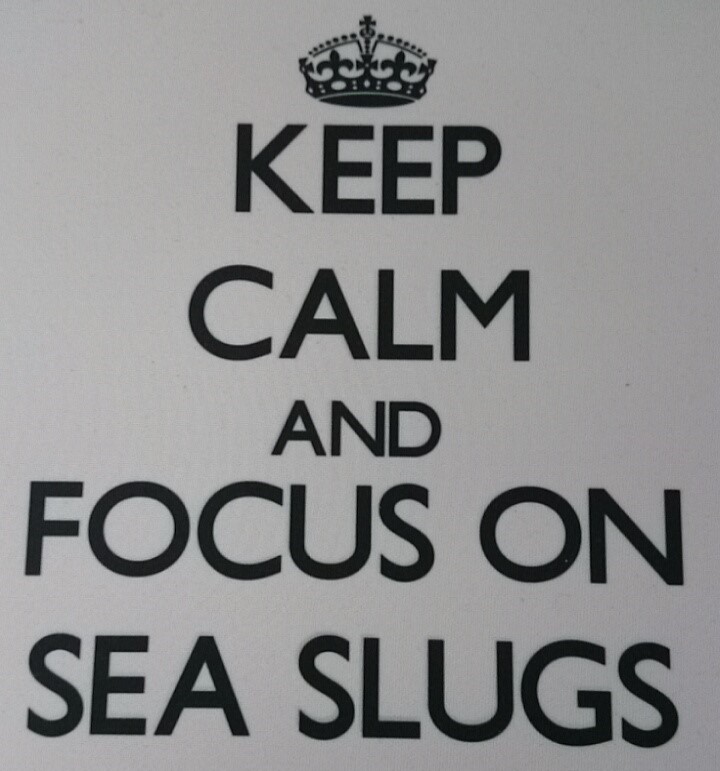“Ooh ooh ooh! I found a parasite! Bonita!”
– A phrase not usually heard in the fishing harbor of Torsvåg! But this week was far from the usual fishing business.
Heisann!
We are Eva and Lea, and we’re marine biology students in the second semester of our masters degree.
Since we’re writing our master’s theses at the University Museum, we got to be a part of the fieldwork in Torsvåg (Troms) in the last week of May.
Welcome to our first sampling trip with the researchers from the University Museum of Bergen and the University of Tromsø!
As the trip was a joint project by different groups that work on different phyla, we got opportunities to try a lot of different sampling methods.
Here is a couple of our favorites:
- Chasing jellies from piers, à la Pokemon “gotta catch them all”
- Freediving in the 4°C-cold but crystal-clear water
- Setting sail to deeper waters, sampling at depths up to 50 m with a grab and 180 m with a plankton net with pure biceps-power (Kudos to all strong men and women)
Following the sampling we also spent quite some hours processing the samples and taking pictures in the lab. I (Eva) had my own little workspace where I usually helped with sorting the benthic samples, mostly focusing on annelids as I’m also working on these in my thesis. At the beginning of the week I was struggling to even find worms in between all the sandgrains. But luckily I had a lot of experts sitting in the same room and helping me! And little by little, I got more confident in identifying the common families of polychaetes.
And I (Lea) worked in the gelatinous zooplankton lab, right next to the polychaete group. There, I helped with sorting zooplankton, checking the jellies for parasites, and taking pictures of the specimens. A great opportunity to get to know more about the fascinating diversity of jellies in Norway!
At the end of the long days, we usually fell right into bed and even the midnight sun couldn’t keep us from falling asleep within minutes!
Not only the life underwater had a lot to offer, but we were also astonished at the spectacular wildlife above the surface. Otters, reindeer, all sorts of arctic birds, you name it…
All in all an incredible week for us master students to learn all the field methods and work on living specimens – quite different from the fixed material in the Museum collection. And a great opportunity to get to know everybody from the marine invertebrate groups better!
Lea & Eva


